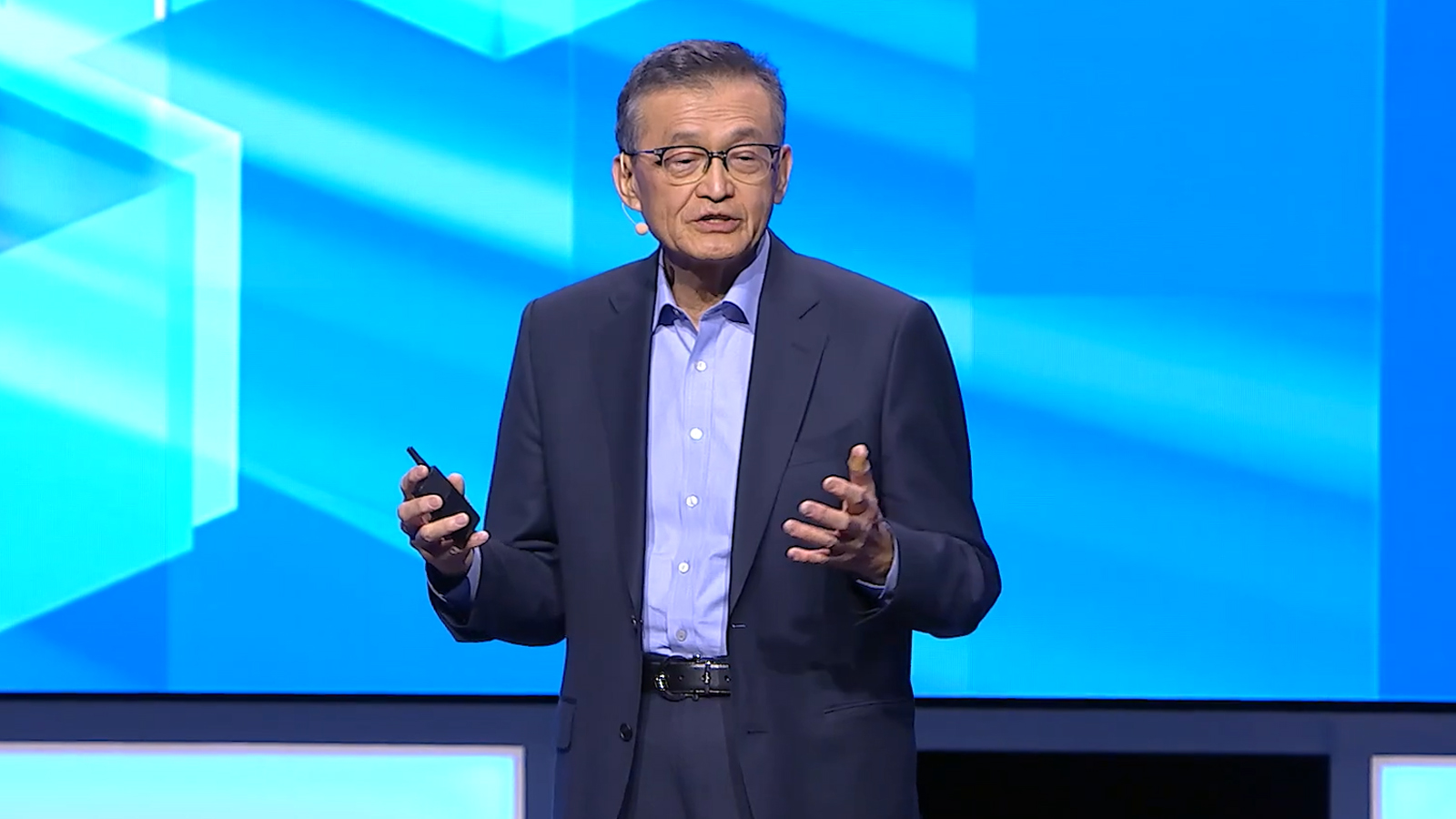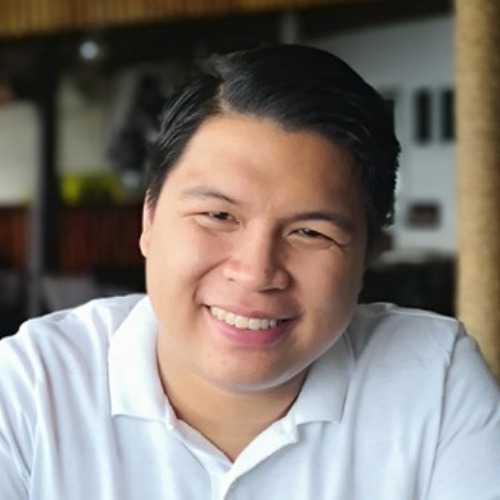Lip-Bu Tan's first speech as Intel CEO focuses on innovation and working with foundry customers
“I can’t do it alone: I need your help as a customer — give me honest feedback.”

Recently appointed Intel CEO Lip-Bu Tan made his first keynote at Intel Vision 2025, where he said he will focus on earning customer trust and catering to their needs and demands. This change in the chipmaking giant’s mindset began with former CEO Pat Gelsinger’s IDM 2.0 plan, and Mr. Tan is apparently pushing this agenda harder with support from his predecessor.
Intel needs to do this, especially as TSMC founder Morris Chang said that Tim Cook told him in 2011 that Intel didn’t know how to be a foundry. It was thought that Team Blue could not accommodate the changes external chip customers required, making it a poor fit for manufacturing the highly customized chips that different devices necessitate.
“Foundry is a service business, and that is built on the foundational principle of trust — that is very important,” said Mr. Tan. “And also realize that every foundry customer has their own unique design methodology and style of design. That I part I learned from my Cadence days, and it is something that we need to learn and how to adopt [to] each different customer.”
Flexibility allowed TSMC to surpass Intel in the semiconductor industry, especially as this characteristic enabled the company to land Apple as its exclusive chip supplier. Having a huge cash cow like that allowed the company to invest more into research and development, which is likely why TSMC is the leading semiconductor company today.
But Intel isn’t just giving up the fight, especially with the pending arrival of its Intel 18A process node. Mr. Tan said that he’s looking forward to shipping Panther Lake on 18A later this year, especially as it begins high-volume production. Beyond that, he also mentioned the company is continuing work on the more advanced 14A node.
To drive this innovation, Lip-Bu Tan said, “Under my leadership, Intel will be an engineering-focused company. One of my top priorities is to retain and recruit top talent — engineering — and empower innovation and growth.” He also added, “I believe Intel has lost some of this talent over the years; I want to create a culture of innovation empowerment.”
Before Mr. Tan came on board as the company CEO, there was speculation on whether the next CEO should spin off Intel’s foundry business, and if they should slash more jobs to help with profitability. After his speech, it now seems that the path he’ll take for Intel is to keep the foundry and win more customers. Furthermore, Lip-Bu Tan is apparently trying to hire more engineers and other talents the company needs to advance innovation.
The Intel CEO’s keynote address at Vision 2025 sheds light on the path that Intel will take in the coming years. It will take a much longer time to rehabilitate the entire company, but Lip-Bu Tan’s direction aims to pull the company back from the brink.
Get Tom's Hardware's best news and in-depth reviews, straight to your inbox.

Jowi Morales is a tech enthusiast with years of experience working in the industry. He’s been writing with several tech publications since 2021, where he’s been interested in tech hardware and consumer electronics.
-
jam200nd First time contributor, long-time reader. This is the right decision by Lip-Bu Tan. Intel needs to hold on to its parts that support the vision of the company and grow it organically. I'm not a fan of the Wall Street Gurus and others who say split up the company. Many times when this happens the cash flow falls for all segments. Instead of synergy you have failure and lost investments. My view.Reply -
ekio "Focusing on innovation", from the company that keeps using the same rotten obsolete ISA x86 for the past 47 years... Nice one.Reply -
User of Computers Reply
In what way is x86 rotten and obsolete? Point me to an objectively better ISA that has mass market adoption.ekio said:rotten obsolete ISA x86 -
redgarl Reply
Sorry, but this whole strategy is Pat strategy, and they fired him for this exact same strategy.jam200nd said:First time contributor, long-time reader. This is the right decision by Lip-Bu Tan. Intel needs to hold on to its parts that support the vision of the company and grow it organically. I'm not a fan of the Wall Street Gurus and others who say split up the company. Many times when this happens the cash flow falls for all segments. Instead of synergy you have failure and lost investments. My view.
Honestly, I called that Intel downfall will be due to their fabs in 2020, and I am now more convinced than ever in 2025.
They will fail and a new CEO will change nothing about it.
Intel is a leader of nothing while trying to do everything. They should focus on CPUs and drop GPUs and fabs or they will eventually lose their cashflow to follow their business model (bribing OEMs) for maintaining their mobile marketshare. At the minute they will lose mobile, it will be the end of intel and their fabs is their main cost driver because they can`t match TSMC leadership. -
redgarl Reply
I just replied to you with a similar reply you made, asking for an explanation...User of Computers said:In what way is x86 rotten and obsolete? Point me to an objectively better ISA that has mass market adoption.
There is something called google you know... -
bit_user Reply
In the long term, it makes a lot more sense than for Intel to be this weird beast that's a foundry + design house, joined at the hip. I'm sure the financial argument for splitting them will win the day. There's just no good reason why such a capital-intensive manufacturing business should drag down the design side's profitability, compared to what other fabless semiconductor companies are achieving.jam200nd said:I'm not a fan of the Wall Street Gurus and others who say split up the company. Many times when this happens the cash flow falls for all segments. Instead of synergy you have failure and lost investments.
For the time being, the best option is clearly to have the CPU business help support the foundry, until it's self-sustaining with a viable roadmap which keeps it at the leading edge (yes, that's shade I'm throwing at Global Foundries). -
bit_user Reply
They do AI on some non-x86 architectures, like their NPU (powered by SHAVE DSPs) and Gaudi. Their GPUs seem to be maturing nicely, as well.ekio said:"Focusing on innovation", from the company that keeps using the same rotten obsolete ISA x86 for the past 47 years... Nice one.
A few years from now, I think it should become clear which direction they're going to take with their CPUs. For the time being, it looks like they'll do battle, wielding APX and AVX10.2 as their weapons. Should be an interesting fight. -
bit_user Reply
I think if Pat had set more realistic expectations and done a better job on execution, he might still be there. That said, it's entirely possible that the transition Intel needed couldn't be completed under the tenure of a single CEO - that when they inevitably had a bad quarter, the investors would run out of patience and demand blood.redgarl said:Sorry, but this whole strategy is Pat strategy, and they fired him for this exact same strategy. -
User of Computers Reply
Yes, but Google doesn't know everything, nor does it really support your argument, so I was looking for something straight from the horse's mouth.redgarl said:I just replied to you with a similar reply you made, asking for an explanation...
There is something called google you know...
